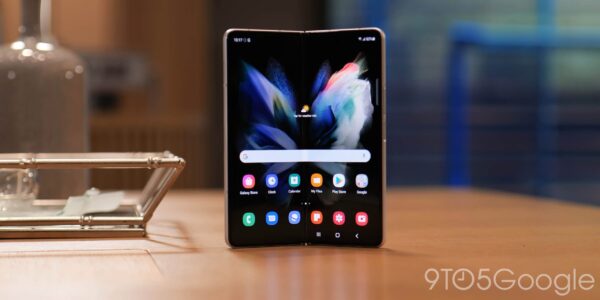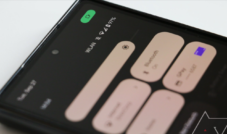
During his announcement last week, observers with bright eyes will have noticed that the new battery Samsung Galaxy Z has a slightly smaller battery (4,400 mAh) than its predecessor, the galaxy z fold 2 (4,500 mAh).
This, as well as the inclusion of a more powerful Snapdragon chipset and an improved 120Hz display outside the device, would lead most of the reasonable people to suppose that Z Fli 3 would suffer somewhat with regard to concerns the life of the battery.
Not so, according to Samsung, which revealed via Samsung Display Newsroom how its new Eco 2 OLED display technology is able to reduce battery consumption by 25% while offering a 33% increase in the brightness of the screen. .
How does eco 2 OLED Samsung technology work
As revealed by Samsung Display, the new ECO 2 OLED screen of Galaxy Z Fold 3 uses an integrated polarizer, an opaque plastic sheet that was previously included as an extra layer between the OLED display of the device and the upper layer ultra. -Samsung (UTG). One way to reflect external light and improve visibility in the light settings.
So, why would an additional plastic sheet affect the battery life of a device? According to Samsung, “a traditional polarizer adds a dark film of movie on the panel”, which means “your device requires more light”, forcing the handset to pump the brightness and pass through more power to compensate.
Instead, Samsung says that its ECO 2 OLED screen is able to get the same effect without the extra layer “taking advantage of its innovative pixel structure”, which would have allowed an improvement of 33% of the transmittance rate and a 25% decrease in energy consumption. in its internal tests.
If it was not exciting enough, Samsung also revealed that the new display technology allowed the company to reduce its use of plastic now that the additional polarizer layer is no longer necessary, which makes the display Old Eco 2 even more ecological than we initially thought.





